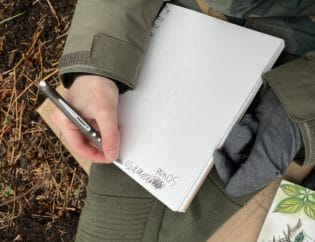
Living anywhere from less than 100 years to more than a few thousand years, trees have seen it all. Yet, when we look at them, all we see are wood and leaves.
We don't typically think of trees as having feelings. But author and forester Peter Wohlleben says we should. Wohlleben has studied trees through his career but he doesn't study them in a traditional dendrologist's way. He really thinks about them, from their perspective. This approach has given us some fascinating information about trees to think about. For instance, did you know that trees can feel pain? That they speak a chemical language? And that they have emotions, such as fear? Or that trees like to stand close together and cuddle? “There is in fact friendship among trees,” says Wohlleben. “They can form bonds like an old couple, where one looks after the other. Trees have feelings.”
Help your child see trees in a new way by letting them imagine a tree's face. Made from mud and simple natural objects found in nature, tree mud faces can be made by kids of any age (adults too) and can range from very simple expressions to works of art. Not only can making mud faces help teach your child that trees are living, breathing creatures, but it is a creative activity and so much fun. What feels more satisfying to our sense of touch than squishing mud through our fingers? And remember that getting dirty is good for us! The microbes in soil help develop healthy immune systems AND science even shows that certain soil microbes may make us happier.
Here are the simple steps to making a tree smile or snarl:

Prep
Make sure you and your child are dressed in clothes and shoes that are suitable for messy play. You will get messy! Find a trowel, small spade or some type of mixing tool (an old wooden spoon will do as well). Bring our a bucket or bag for transporting natural objects. You will also want to bring a container of water for making mud if it's too dry outside. If it's too muddy, you might have to find some dry soil to mix in or wait for a drier day.
Scout
Once you head outside, ask your child to look around at the trees and choose one that they think needs a smile or perhaps a frown. Maybe the day is gloomy or maybe the tree is sad that it is growing too close to a manmade structure like a light post or a fence. Perhaps the tree is content that it is in a location that provides for all of its needs. Scouting for the tree that needs a little help with its expression is an excellent opportunity to take some time to think about what trees need to thrive and what harms them. It's also a great opportunity to look closely and inspect the tree for signs of stress (bug-eaten leaves, dead branches, over-pruning) or health.
Gather
Now that the subject is chosen, your child has two choices. They can either sit and sketch the face they "see" or maybe the face they would like their tree to have (turn a frown upside down) or they can just head out to gather natural materials to use in their face. This is a nice option to give children as all kids have different styles. And this is not a time to stifle their creativity. Some children may want to design a meticulous sketch and try to bring it to life with mud and objects. While others may want to more spontaneously let the tree speak to them as they create. All artists are different! And it's also a great idea to let your child try both approaches if there's time and compare which approach worked best for them.
When out gathering materials, they can pick up acorns, leaves, moss, sticks, small pebbles or feathers. The rule, as always, is that it should already be on the ground and not picked.

Mix it up
Now is the fun part-- making mud! Using their trowel or spade, your child can dig a hole past the topsoil about 2- 8 inches deep. They should fill their bucket about halfway with soil and then add enough water to make clay-like mud. Not sure if its the right consistency? If it sticks to the tree trunk, it's ready!
Create
Taking handfuls of mud (and yes, getting their hands dirty!), your child can form balls of mud to press down on the tree trunk. Choose a spot that is free of insects, holes or otherwise in use by living critters. Also, make sure there is no poison ivy or other poisonous plant near the space.
After they have formed the shape of their face, its time for the flair! Using natural objects, they can add eyes, nose, mouths, hair, horns, warts, antennae, whatever they like!
When they have finished their work of art, they can get even more creative by telling a story about their tree, writing it up, sketching it in their nature journal.














owner Can I get your Nature art pictures for publish within my Facebook page
Hello Ravindu, Can you let us know which pictures so we can ensure we own copyright. You can email us at hello@childhoodbynature.com. Thanks!!